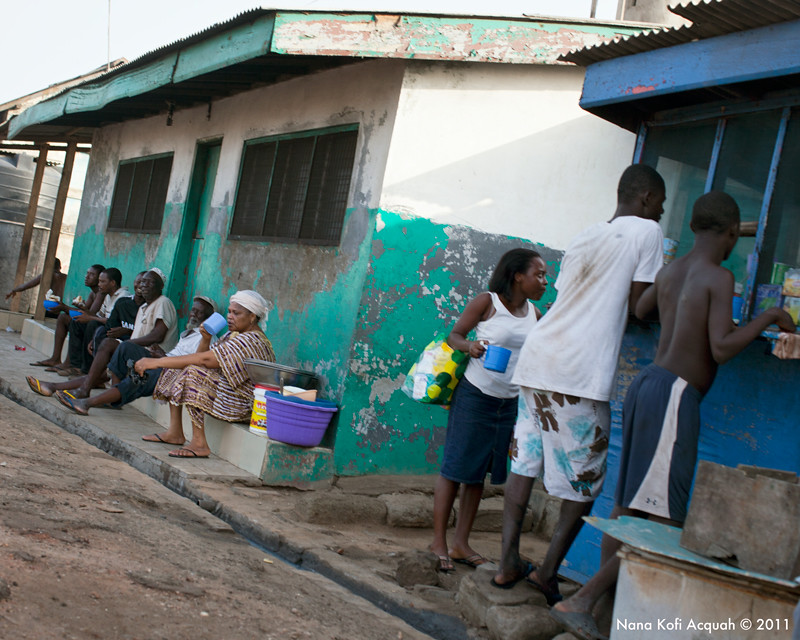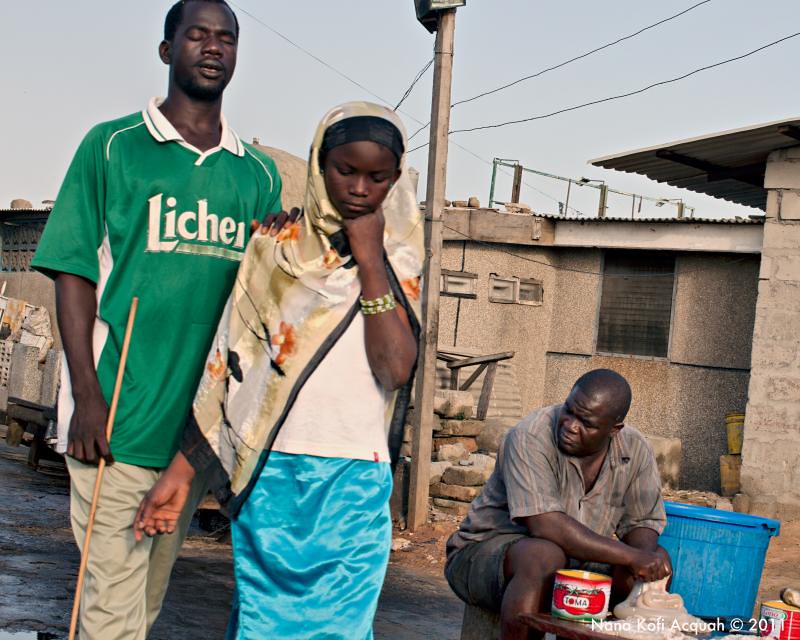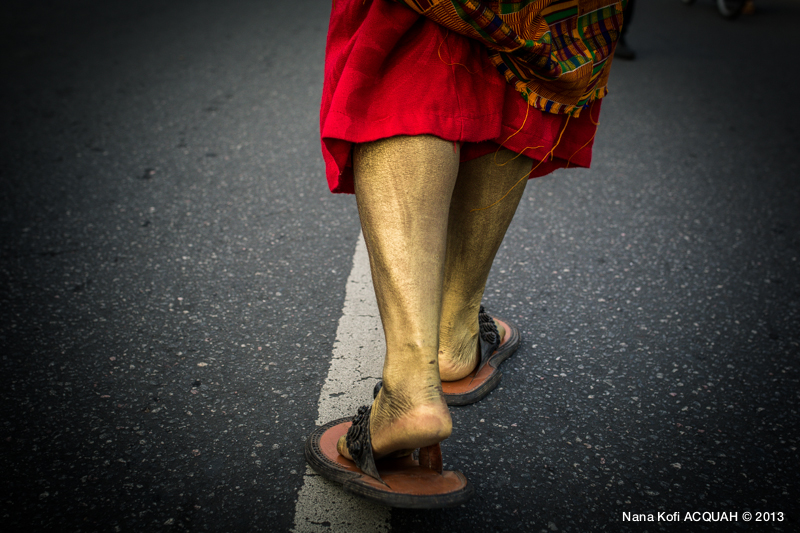New Neighbours: The African Photographer and The Camera

Traditionally, the African photographer has been an artisan. He’s not been considered any different from a carpenter or mason or vulcanizer. Photographic Imagery has been as useful as furniture. You took a photograph when you need an official government paper like a drivers’s license or passport or on special days like weddings and birthdays. Photographs, just for the sake of photographs is a totally new concept currently being embraced by a relatively younger generation, most of whom have never owned or used an analogue camera.

The camera is no longer as unfamiliar as it used to be… but its function as a hammer and not a painter’s brush can never be over emphasized. If you took a regular African photographers’s roll of film, all 36 exposures will be pictures of or for customers. None will be a photograph that was taken for sheer delight. The current list of iconic African photographers, were mainly studio photographers, who either out of boredom, sheer curiosity or marketing gimmick, decided to introduce new props or backdrops into their images. These back drops or props mainly spoke to the aspiration of their target market and therefore appear more to be attempts to stand out of the competition.

Photography came to Africa as part of colonialism. Missionaries often used photographs to solicit support from churches and organizations back home whilst colonialists used them for strategic and propaganda purposes. Due to the harsh climate of tropical Africa and the slow and difficult process involved in making images with earlier cameras like the Daguerrotype and Calotype, earlier images of Africa tended to have less people in them but the Brownie, introduced in 1900 was to change all that. Even though it was not originally embraced by professional photographers, it enabled colonialists who came to Africa to make photographs of the people due its portability and relative ease of use. It is unclear who the first African to own a camera is but one can say that the way in which the camera has been used in Africa, does not necessarily reflect the way the colonialists used it.

The traditional African perceptions of beauty, divinity and humanity are elements that found themselves into how a photograph was made; and yet because art had never been appreciated in isolation, the photograph also was first seen and treated as something that was to be used; just like every other art form was. The akuaba doll of the Akans of Ghana was carved out of wood, and carried by barren wives or girls who are approaching puberty. It was considered a good omen that made a woman fertile. Carvings and masks were mainly made for rituals or as symbols of deities and so were therefore either directly worshipped or used as part of rituals. Inscriptions on tombs, shrines or family homes were there to communicate, often with both the living and the dead and thus often approached with fear and reverence. This is no different from how the photograph has been treated.
In Voodoo rituals, it is believed that the soul of a human being can be invoked or called into a doll or some item that represents them and whatever is done to “their image” will directly affect them, no matter where they are. Among African Christians, it is quite common to see people pull out the photographs of loved ones who could not be physically present in a worship service so they could be prayed for, their image being used as a point of contact. When one goes through an African family’s photo album, it is quite usual to come across the sign of the crucible, inked on the foreheads of deceased members, usually with a red pen. The belief that the camera captures the soul is both metaphorical and literal to the African.

Photography is as much influenced by the photographer as it is by the consumer. Young African photographers who have broken out of the mould of photographing people in dingy studios in their Sunday clothing, can be seen all over expressing themselves on the internet, some of them even being published in foreign magazines and their photographs being exhibited to mainly western audiences. This change in target consumer for the African photographer, also brings with it the challenge of shaping stories to suit the taste of the new buyer. It is a classic case of whoever pays the piper calls the tune. Add to it the fact that this consumer is financially more capable of supporting photographers; and also comes with a rich history of photography… which means its taste is highly developed and specific.

In conclusion, I will state that The African Photographer and the camera are still new neighbours… neighbours who are gradually getting to know each other… and I can only wish them all the best.


Comments